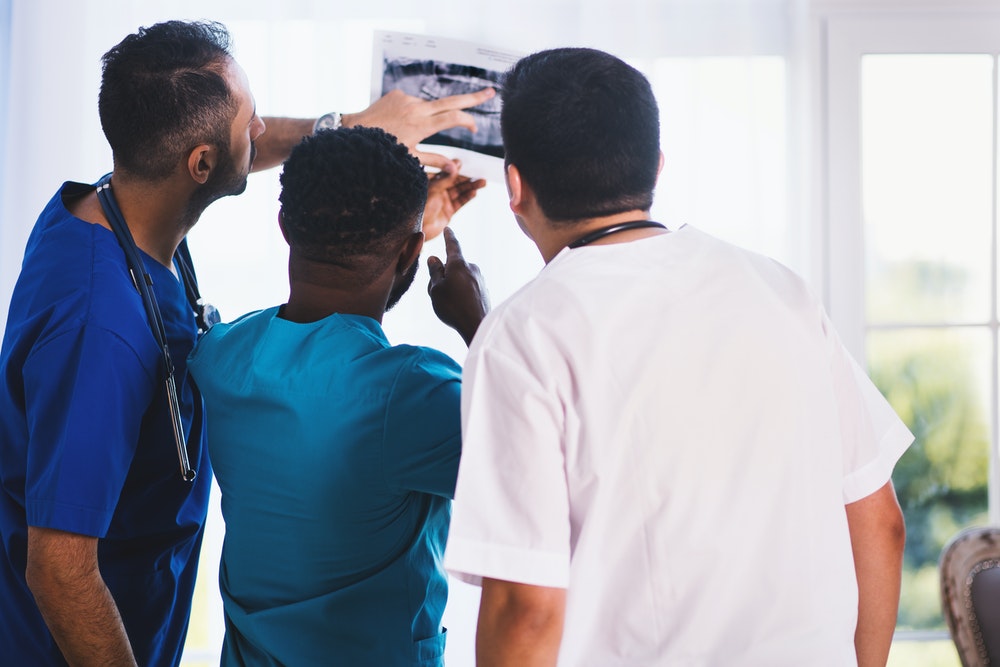When we look at individual health, we see many ways to help and cure by going into the body: food, water, medicine, microbiome factors, and more. But we also see how benefit can come from taking the individual out of body and mind.
Immersive experiences, and their ability to lift people from their typical reality, have proven powerful new tools for health. They can alter mood, provoke responses that provide early indications of physical or mental problems, and deliver training at a deeper level than more superficial approaches.
Because of this power, we have been interested in XR for Health for some time. This year, however, we think the time has come for these technologies to take a great step forward. In the past, we viewed it purely through the lens of other areas of science. Now, in 2020, XR for Health is officially an independent focus area for us.
Why should this become an independent area now, when historically we have treated it as an element of other areas? Because we now have a small sample of successful current investments that are at an early stage but gaining momentum and traction. Early application areas of AR/VR in academia and seed-stage companies are targeting large unmet needs aligned with Health and Happiness.
Still, this area is nascent, so we should proceed with caution. Why be cautious? Because the current venture picture is murky. We need to see which of many use cases actually accelerate in the market.
For 2020, our primary areas of XR Health focus will be:
-
XR as a therapeutic: Focused on mental health. These are immersive experiences that can intuit or impact mood. That can reduce anxiety, fear, or rage. That can train the mind and body at a subconscious level. We will also look at XR for pain management, where it appears to have potential on a par with opiates, but without the physical ramifications.
-
XR as a diagnostic: Focused on our key science areas, e.g., early detection of Alzheimer’s and other forms of cognitive decline. Indications of ADHD and other childhood challenges that would otherwise be hard to gather from those whose language may lack nuance and depth.
-
XR for health training: XR is a great way to teach complex concepts and skills. We have seen that reflected in our investments in engineering and athletic training. XR is also a highly effective way to teach medical professionals – it can help them learn both new skills, as demanded by new situations, such as the current COVID-19 crisis, as well as refresh and deepen traditional skills and techniques. In this area, we will focus on MDs and RNs first, patients second.
In XR Health, we are likely to find many more fascinating technologies than well-conceived businesses. We need to not be seduced by the attractiveness of immersion. We seek solid companies, not whizzy demos. In this area, we should always ask: “Where is the money”? Revenue is a key requirement here. In the main, we feel XR Health revenue should come via a business buyer. We don’t see individuals buying headsets in large numbers to gain access to these experiences. They may reap the benefits, but an organization that cares about them–employer, clinic, hospital, school–will cover the base costs. We still think direct consumer payment for XR lays in the future. We should also be wary of extended timelines for new technology adoption. In every case, we will model value creation based on the most conservative possible adoption models.
We must be patient in this category and look only for the best. That sounds straightforward, but it is the nature of immersive technology to be deeply seductive beyond rational response. Thus, wariness and strong diligence will be required.




